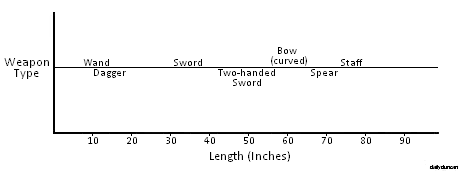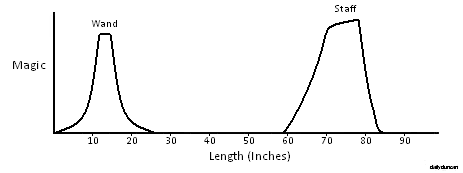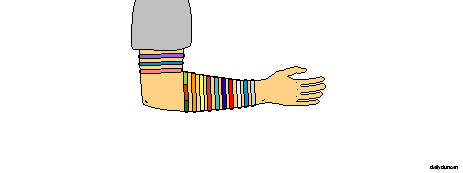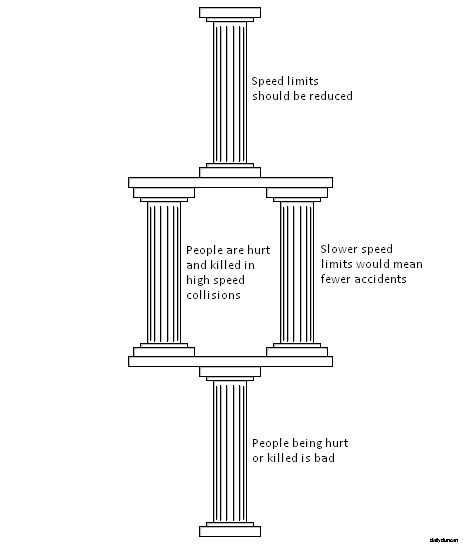In part I of our exploration into the subject of restaurant menus, we observed that the way in which we read those menus is both chaotic and thoughtless. But for those who do examine their menus systematically, another problem becomes apparent: inconsistent pricing.
To clarify, we’re not discussing the issue of overpriced food, since all restaurant prices are inevitably excessive, nor are we questioning the difference in price between eateries. We’re talking about the inconsistencies in price within the selection of items on a single menu. To begin, let’s look at an example of a typical menu of an imaginary breakfast diner. We are using a diner menu because their simplicity makes the incongruencies more pronounced.
After a brief scan of the selections, it may appear that the pricing makes sense. However, when we begin to break down the meals into their components and price them, it becomes apparent that individual ingredients are priced differently throughout the menu. The Eggs & Toast, for example, is priced the same as the Bacon & Eggs at $5.99. Let’s use some basic algebra to solve for the price of an egg.
- Let e = egg, b = bacon, t = toast
- 2e + 2b + t = 3e + t
- 2e + 2b = 3e
- e = 2b
So according to the pricing of these two meals, 1 egg is worth 2 strips of bacon. Now let’s compare the Bacon & Eggs and the Meat Lovers meals to get a better understanding of sausage.
- Let e = egg, b = bacon, t = toast, s = sausage
- 2e + 2b + t + 1 = 2e + 2b + 2s + t
- 1 = 2s
- s = 0.5
So each sausage is worth $0.50, which seems kind of strange, but let us persist in our efforts. According to the Jump Start meal and Side Orders section, bacon and sausage are of equal value.
- Let b = bacon, s = sausage
- b = s
- s = 0.5
- b = 0.5
Since we know from our first equation that an egg is worth 2 strips of bacon, we can now determine the exact value of an egg.
- Let e = egg, b = bacon
- e = 2b
- b = 0.5
- e = 1
So a slice of bacon is worth $0.50, a piece of sausage is also worth $0.50, and an egg is worth $1.00. If we plug these values into the Bacon & Eggs meal, we can find the value of toast.
- Let e = egg, b = bacon, t = toast
- 2e + 2b + t = 5.99
- 2 + 1 + t = 5.99
- t = 2.99
Restaurant menus are clearly weak against algebra. But apart from being mathematically incoherent, there’s another issue which we have ignored up to this point, which is the fact that the Side Orders section has disagreed with every one of our solutions. This isn’t necessarily proof of an inconsistent pricing system, since all businesses intentionally manipulate their pricing in order to create an incentive for their customers to make larger purchases and also to compensate for the inefficiency in taking small orders. However, if we were to construct the Jump Start meal using the pricing from the Side Orders section, we would arrive at a price of $11.95 with hash browns and toast or $12.95 with pancakes. This is nearly twice the price listed on the meal, which is troubling.
So what’s the solution? If we merely sell the components at Side Order pricing, we would no longer be in business. Alternatively, if we attempt to re-work the meal pricing so that it makes sense mathematically, we may end up with some dangerously inexpensive side orders and unnecessary meal options. For if we were to price our meals based purely on components, then there’s no reason to offer multiple combinations of the same items.
The answer is to create a menu of individual items that provides consistent pricing while still rewarding customers for making larger purchases. This could be done by increasing the serving size of components and offering price reductions for purchasing multiple items. Here’s what this might look like. This revised menu includes all of the options of the original menu, yet takes up only half the space and allows even greater customization. And the best part? It makes sense.
Another option could be implementing a minimum order charge, which would ensure that each customer’s visit is at least marginally profitable. But what’s most important is that any customer spirited enough to analyze our menu is blessed with a consistent, sensible pricing system.





